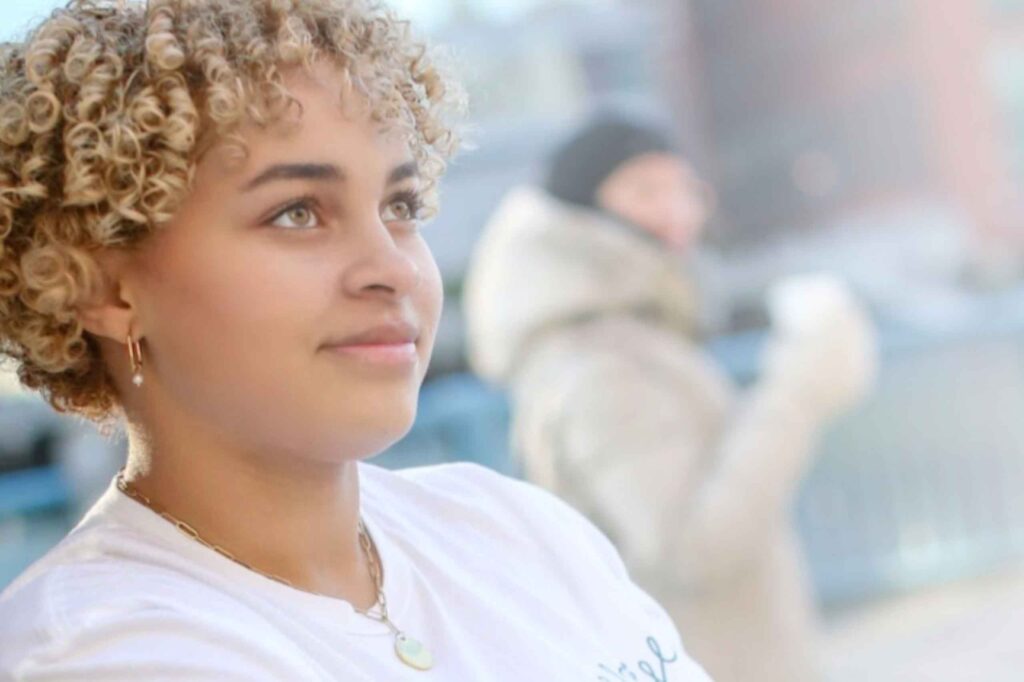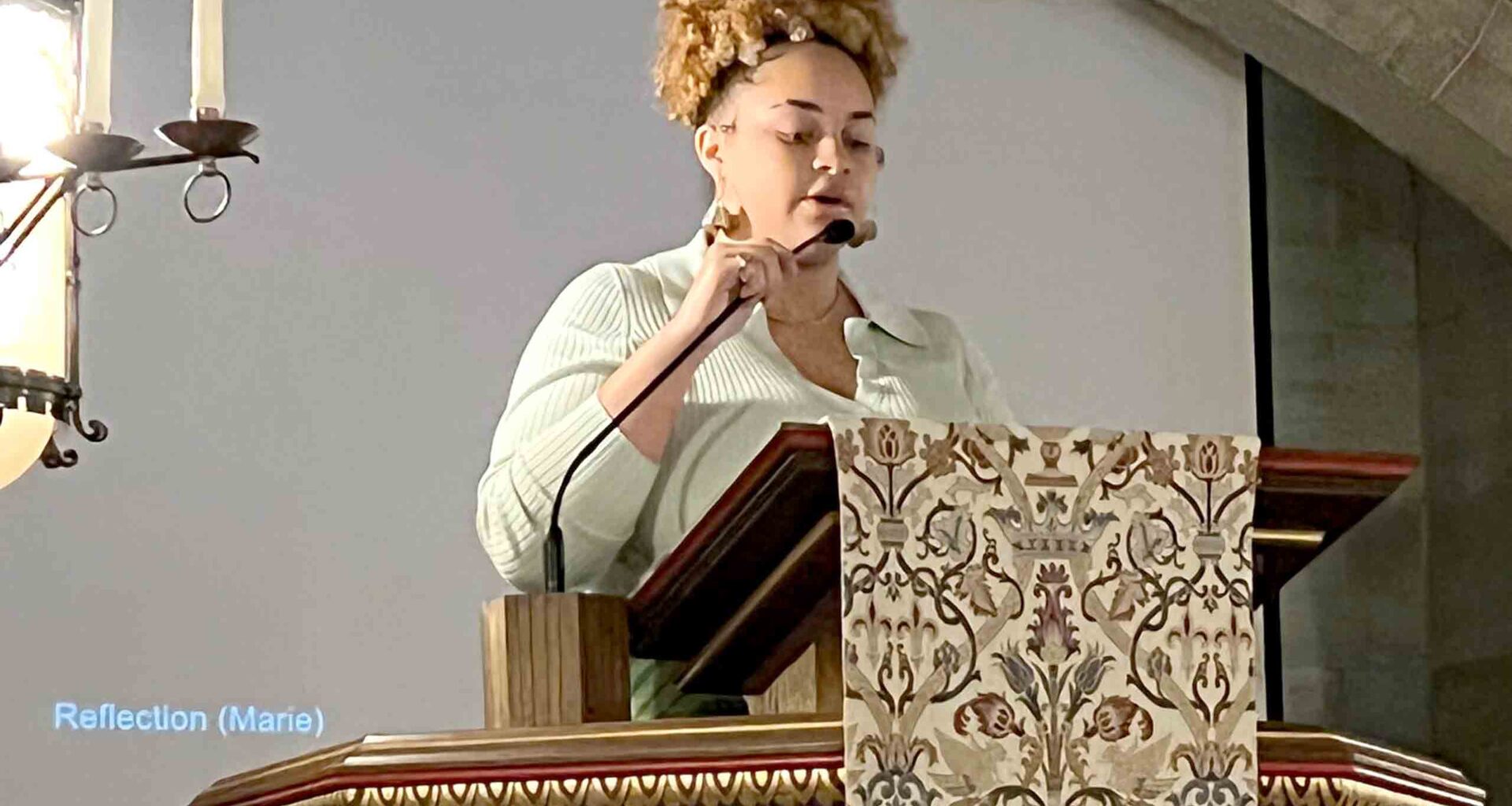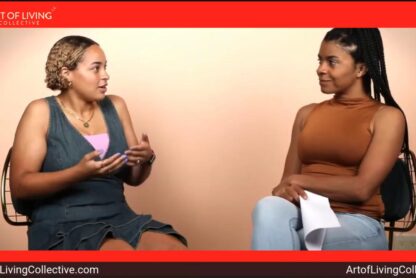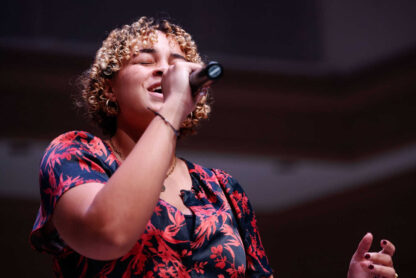42 Million Persistent Endeavors to be Free Creative Beings [SAS, BHM 2022 Chapel Reflection]
Art is a perfect example of a persistent endeavor. As a multifaceted artist, the process of creating something from nothing can be incredibly hard. Art is often categorized as an exceptional ability. Almost as if it is a miracle that I or someone else can play the Viola at a high level or that I am an award-winning visual artist. For Black people, hard-earned accomplishments are often characterized as a fluke or exceptionalism. Our hard work and dedication to our craft are overlooked or a mystery to be solved. It’s as if our God-given talents and natural abilities are limited to sports and entertainment.
For Black composers, there are brilliant composers that have too long been neglected in the Western tradition, like Joseph Bologne Chevalier de Saint-George (1745-1799), Florence Price (1887-1953), and Samuel Coleridge-Taylor (1875-1912).
And Black photographers like Gordon Parks (1912-2006), James Van Der Zee (1886-1983), James P. Ball (1825-1904), Glenalvin Goodridge (1829-1867), and Augustus Washington (1820-1875).
And Black poets like Lucy Terry Prince (1730-1821), Angelina Weld Grimké (1880–1958), Langston Huges (1901-1967), Maya Angelou (1928-2014), and Amanda Gorman (1988-).
And, Black painters like Kehinde Wiley (1977-), Amy Sherald (1973-), Grafton Tyler Brown (1841-1918), and Henry Ossawa Tanner (1859-1937).
And, Black sculptors like Edmonia Lewis (1844-1907), Augusta Savage (1892–1962), and Selma Hortense Burke (1900-1995), and the fiber artist Bisa Butler (1973-)—is Brooklyn-based and creator of life-sized contemporary quilts with historical portraits of Black people—whose stories may have been forgotten or completely overlooked in history.

Beauty is in the eye, the ear, and the fingertips of the beholder. The creation of that beauty comes from the divine. He who holds the power tells his story, divine or not. The key to understanding the truth in a story is to look and listen for the voices and silhouettes that have gone unheard and unseen. This is true for the arts. In any museum, great concert hall, or other place exhibiting the greats, ask yourself who is missing and what isn’t being said. HIStory, especially when it comes to the Western Arts, is often biased, incomplete, and unchallenged.
Thomas Jefferson famously stated in his Notes on the State of Virginia, “Among the blacks is misery enough, God knows, but no poetry. Love is the peculiar œstrum of the poet. Their love is ardent, but it kindles the senses only, not the imagination. Religion, indeed has produced a Phyllis Wheatley, but it could not produce a poet. The compositions published under her name are below the dignity of criticism.”
“Among the blacks is misery enough God knows, but no poetry. Religion, indeed, has produced a Phillis Wheatly but, it could not produce a poet… The compositions published under her name are below the dignity of criticism.”
~Thomas Jefferson, Third President of the United States
in Notes on the State of Virginia
NOW, HOLD THAT THOUGHT…
The story I am about to tell you might seem unrelated, but I promise I will tie it all together at the end.
I want to posit that Black American History is its own persistent endeavor in whatever creative shape it takes. So much of my identity and culture comes from a relatively small 83-acre farm in Freeman (southern) Virginia. Origin stories for Black Americans can be difficult to document. I am part of a lucky few. The Great Migration brought my paternal Great Grand-parents from North Carolina to rural southern Virginia, and later my father’s generation completed this cycle in American history with the family moving to Delaware, California, Texas, Wisconsin, and New Jersey. It happened in persistent waves.
James Rufus Dillard was born in 1911 and lived in Freeman with his parents from North Carolina. A sense of agency —a sense of control and the awareness of his ability to set an intention, think his own thoughts, and execute the bodily movement to accomplish his goals. Deciding not to sharecrop but instead to own his own land and instill this value in his children was instinctual for him. He was a gifted writer and a dreamer. My grandmother Ellen Marie Dillard born in 1915, affectionately known as “Marie,” was enterprising. She had the best raised-cage turkeys for miles, evidenced by the number of people lucky enough to score one for their holiday feasts. Her creative sensibilities were reflected in her gardens and her quilts. As descendants of enslaved Africans in America, conscious volition and deliberate action were telltale signs of a level of freedom. The story of this freedom is lost for many. I have some of her quilts and his words.
My Black American family isn’t exceptional, nor is what happened in terms of our good fortune a miracle. I am sharing with you one story of the 42 Million persistent endeavors to be free creative beings in this country. What you are witnessing is not a fairytale; it isn’t linear, is often messy, and won’t be stopped. Nevertheless, we continuously reach for what seems impossible while making history—American history. The arts and the Black Americans who pursue their creative ventures are one part of the history of humanity—no more and no less. The stories of the great works of Black composers, musicians, poets, sculptors, photographers, and other creatives have gone too long unrecognized, overlooked, and uncelebrated until now.
Nothing has been spoon-fed, and nothing has been free. It has all been earned. So now, I’m asking you to smash the bias and create a new narrative for Black artists and creatives. Seek out what has been previously unrecognized, overlooked, uncelebrated, or harshly criticized by visiting an exhibit of a Black artist, research, and read about Black people’s artistic and creative contributions throughout history. Celebrate their contributions along with others.
And, if you’re brave enough, pick up a:
- pen, a paintbrush, a pad, and paint,
- or a bow, a banjo, a conductors baton
- or camera or some clay
Take inspiration from the great Black artists and creatives and rewrite the narrative of Blacks in the Arts. But begin with your own persistent endeavor for truth.
LET’S GET FREE Y’ALL!
Insight
“What is often called exceptional ability is nothing more than persistent endeavor.”
~Pauli Murray,
American civil rights activist









